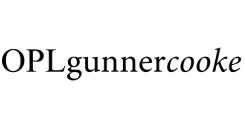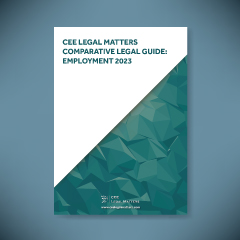I am delighted to have co-edited CEE Employment & Labor comparative guide, which looks at labor and employment regulations across CEE jurisdictions.
As with so many other fields of law, the employment and labor law landscape is also regularly changing, which makes it challenging for companies operating at a global or regional level to manage compliance with the applicable rules. Employment and labor law has the potential of having a drastic effect on an organization. Consider the potential consequences on a company’s valuation if, for example, a part of its core workforce is found to be misclassified employees or the impact of failed working time scheduling practices. Not to mention the reputational consequences of employment and labor non-compliance. Therefore, management, and especially HR practitioners and in-house lawyers must feed legislative changes and their own legal knowledge into HR strategy and operations.
This guide sets out a summary of those employment and labor rules that international companies and organizations are most often faced with, with the aim of roughing out the main similarities and differences. Understanding the main differences between certain employment and labor law questions in these jurisdictions may help to ask the right questions and apply the appropriate processes in adverse situations that may arise.




